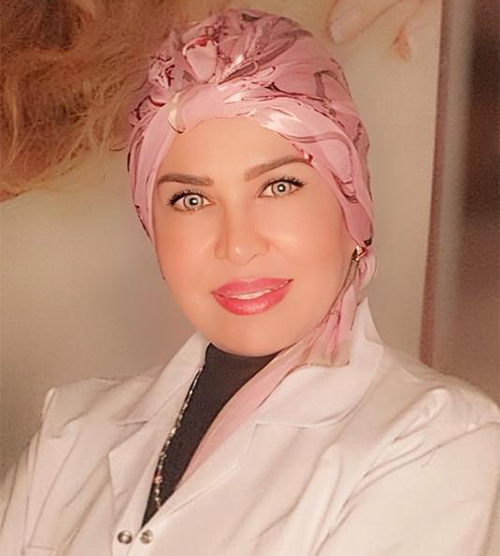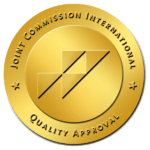INTRA-UTERINE INSEMINATION
Intrauterine Insemination (IUI) is one of the most commonly used Assisted Reproductive Techniques (ART) to treat infertility. It is the process of placing washed sperms, through the cervix, into the uterine cavity. The IUI procedure bypasses the cervix and places sperms directly into the uterus, closer to the fallopian tubes, around the time of ovulation. This way, there is a better chance that more sperm will make their way and reach the egg. In practice this is usually combined with Controlled Ovarian Hyper-stimulation so that there is more than one egg available for fertilization.
WHEN IS IUI USEFUL?
Male Infertility: IUI is commonly used when the male partner has a borderline low sperm count, poor motility, problems in developing an erection or being able to ejaculate.
Female Infertility: In women who do not ovulate regularly, IUI may be advised in conjunction with ovulation induction. It is indicated as an initial line of treatment for women with Endometriosis. Also, IUI is helpful for women with cervical scarring due to infection or surgery.
HOW IS IUI DONE ?
IUI can be done in a natural cycle or in conjunction with controlled ovarian hyper-stimulation. Follicular growth is monitored by ultra-sound at regular intervals and the trigger injection is given once the follicles have reached the required size. IUI is performed near the time of ovulation. The semen sample is “washed” in the laboratory, to concentrate the sperm and remove the seminal fluid (seminal fluid can cause severe cramping in the woman). This process usually takes 1 & ½ hour to complete. The IUI procedure is relatively simple and only takes a few minutes. The woman lies on an examination table and the clinician inserts a speculum into her vagina to see her cervix. A catheter (narrow tube) is inserted through the cervix into the uterus and the washed semen sample is slowly injected.
WHAT ARE THE ADVANTAGES OF IUI?
IUI is a simple, painless and inexpensive technique. It is a safe and relatively easy treatment procedure with minimal risks and monitoring.
HOW LONG DO WASHED SPERM LIVE AFTER INSEMINATION?
Current research indicates that washed sperms can remain alive for nearly 24-72 hours after insemination; however, it does begin to lose potency after 24 hours. Another issue with IUI is that the sperm can keep on swimming beyond the fallopian tube, so the ideal window is really within 6-12 hours of the egg being released, with a larger margin before ovulation than after since the egg’s viability is shorter.
HOW DOES IUI INCREASE THE CHANCE OF PREGNANCY?
The semen preparation done for IUI separates the healthiest sperms in the ejaculate. The washed sperm is placed into the uterus adjacent to the fallopian tubes. This bypasses any potential cervical factor problems and removes the sperm that are less likely to fertilize the egg.
WHAT ARE THE RISKS INVOLVED IN IUI?
Some women experience discomfort such as cramping or minor injury to the cervix that leads to bleeding or spotting, if fertility medications are given in conjunction with IUI, there is a risk of ovarian hyper-stimulation and multiple pregnancy. Undergoing an IUI does not increase the risk of birth defects per se. The risk of developing an infection after an IUI is small.
WHAT IS THE SUCCESS RATE FOR IUI?
The success of IUI depends on several factors. Success rates can be as high as 20% per cycle depending on the age of the female partner, the infertility diagnosis and the use of fertility medications.
Meet Our Doctors
Our team

Dr. Mohamed Osama Taha

Dr. Gomathy Nachimuthu

DR. IBTESAM SHEYA A. SHANEEN AL JABAWY


